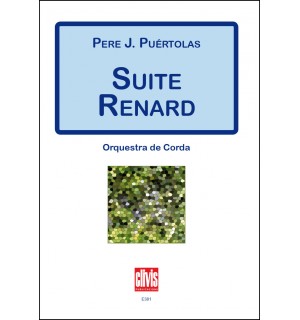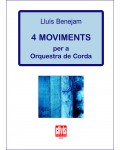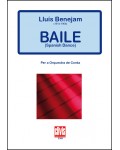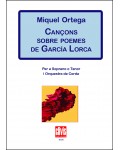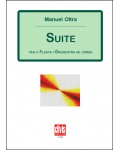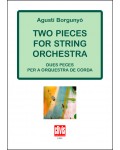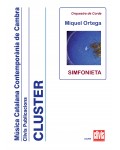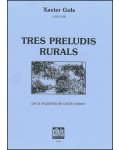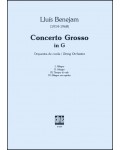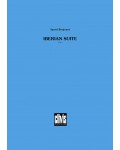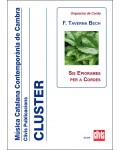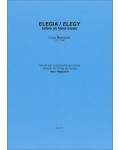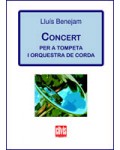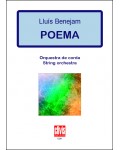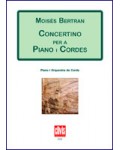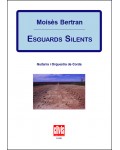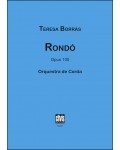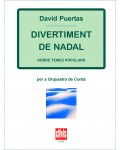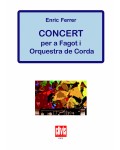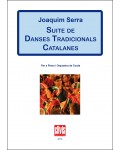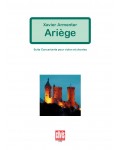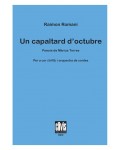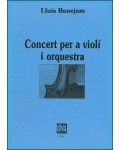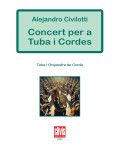
No products
Prices are tax included
Product successfully added to your shopping cart
There are 0 items in your cart. There is 1 item in your cart.
- English
- Castellano
- Català
Suite Renard
E381
New product
This work consists of five complementary movements and, in the words of the author: “it is just a bit of fun, with no other pretension beyond that of passing a bit of time with live and cheerful music, without any more profound intentions”.
| Period | XXth Century |
| Subheading / Parts | Allegretto - Moderato Assai - Allegro - Adagio - Molto Vivace |
| Instruments | String orchestra |
| Pages | 32 |
| Time | 10 min. |
| Contents | Score |
| ISMN | 979-0-3502-0941-3 |
| Edition | Printed |
The Suite Renard (Renard Suite) is playful piece, originally written for a string orchestra, and was partially debuted in 1989; twenty years after its debut, the composer has recently composed an arrangement for wind ensemble with double base at the request of Abili Fort, then the Technical Director of Barcelona Municipal Band. and was debuted in 2010.
The work consists of five complementary movements and, in the words of the author: “it is just a bit of fun, with no other pretension beyond that of passing a bit of time with live and cheerful music, without any more profound intentions”. The common thread running through the collection also responds to this playful spirit: the titles of the different movements include words beginning with the syllable “re” in reference to the musical note which defi nes the tone of the piece. These movements allow a story to emerge about the protagonist, the kiss, the joy of love, dreams about the future and an ending which returns everyone to their respective paths. However, the author insists, in what is a pleasing play-on-words in his native Catalan between the words “re”, the musical note, and “res”, meaning nothing: “we should say “re” about all of this”, adding that “it is about enjoying yourself while playing it and making those who are listening to you enjoy themselves too”. Despite the collection’s raison d’etre, he author does not shy away from the demands of the arrangement for chamber orchestra, nor from the search for original textures and tonalities made possible by the combination of wind instruments and the double bass.
David Puertas

